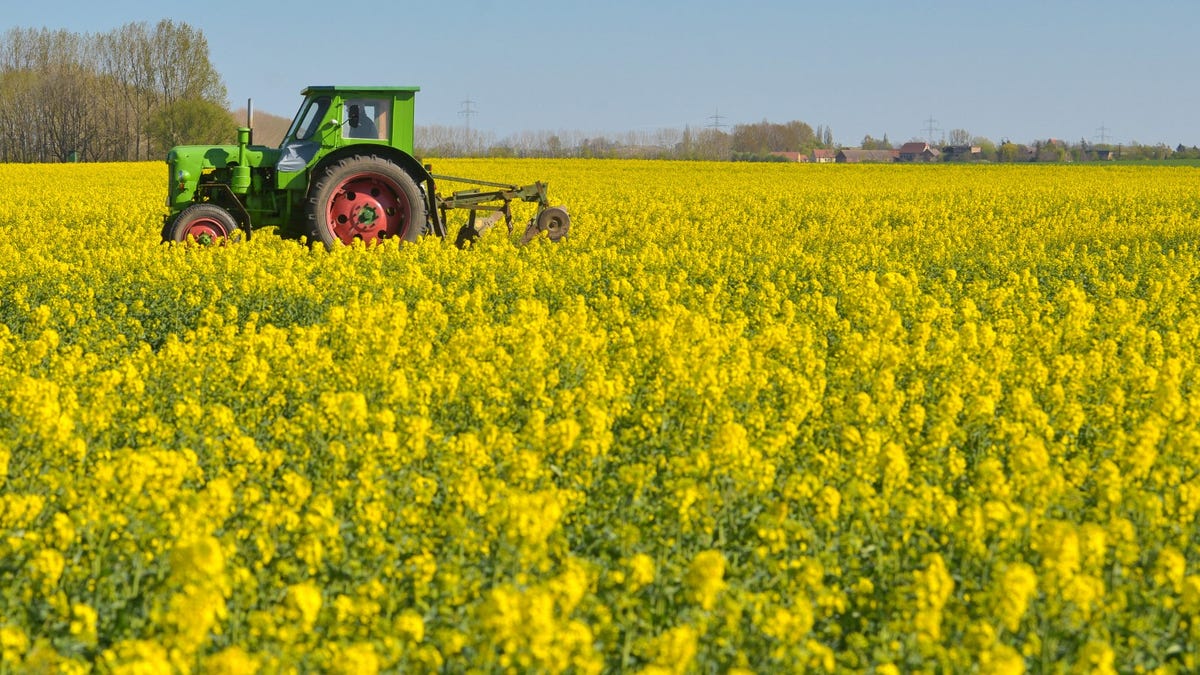Canola oil is the third most used cooking oil in the world, falling just behind palm oil and soybean oil in terms of global consumption. But did you know that before the oil was a staple of almost every recipe you’ve ever followed, it was used to lubricate things like warships and aircraft during the war?
A type of seed oil, canola oil is made by crushing the tiny seeds of a plant to extract all the fat that’s stored inside. Sesame oil is made in the same manner and olive oil is also just made by crushing tons of olives. However, while those products have been consumed by people for hundreds of years, canola oil has only been suitable for consumption for around 50 years.
That’s because, before the plant was adapted by humans, it produced a highly acidic oil that was only used to lubricate things like warship engines or to power rudimentary lamps. Back then, the oil was extracted from the rapeseed plant, a vibrant yellow crop that produced a compound that was high in two chemicals (called erucic acid and glucosinolate) that made the oil taste awful.
The flavor didn’t really matter back then, though, and farmers across America and Canada began growing the crop to meet demand for lubricants brought on by the Second World War. Once the war ended, when demand for aircraft and warship lubricant dried up, experts in Canada wanted to uncover a way to keep to keep farmers busy growing oil seed on land across the country and selling tons of the stuff, reports the National Post. The solution was to breed a new variety of rapeseed that wasn’t packed full of erucic acid.
This low acid oil was developed by cross-breeding different strains of rapeseed until an oil with the desired profile was created. Specifically, scientists from the University of Manitoba used B. napus and B. rapa to develop the strain, which was premiered in the 1970s, according to Science Direct.
With the undesirable acid removed from the oil, it could be sold as a neutral-tasting liquid that could be used for deep frying, added to cakes or used in things like mayonnaise. Now, it was time for those clever Canadians to name their creation and they settled, imaginatively, on Canadian Oil Low Acid. Thankfully, this was soon shortened to the canola we know and love today.
So the next time you’re low on lube for something like your bike chain, maybe don’t stress too much about splashing some canola oil back there.


